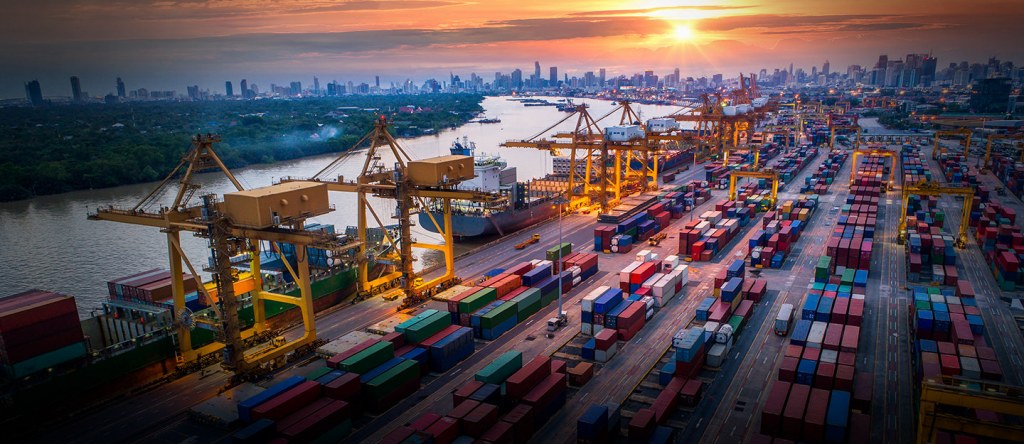ISLAMABAD, April 15: Pakistan’s trade deficit with the Middle East widened to $9.349 billion during the first eight months (July–February) of FY2025, according to new data.
This marks a 9.75% increase over the same period last year, largely fueled by a surge in petroleum imports.
Modest Export Growth Overshadowed by Soaring Imports
While exports to the Gulf region saw a slight uptick of 3.56%, rising to $2.095 billion, the gains were overshadowed by a sharp increase in imports. The imports totalled $11.444 billion, up 8.56% year-on-year.
This imbalance continues to weigh heavily on Pakistan’s trade dynamics, despite recent efforts to diversify exports and reduce reliance on fuel imports.
Crude Oil Imports Surge Over 20%
A key factor in the growing trade gap is a 20.29% increase in crude oil imports as energy consumption climbed during FY2025.
This contrasts with FY2024, when the trade deficit with the Middle East had actually narrowed by 20.47% due to a sharp drop in petroleum demand.
However, as domestic prices stabilised this year, oil consumption rose again—leading to greater dependency on Middle Eastern fuel sources.
Trade with Key Gulf Countries – Breakdown
Saudi Arabia
-
Exports (Jul–Feb FY25): $489.44 million (up 10.59%)
-
Imports: $2.47 billion (down 19.54%)
-
FY24 Total Exports: $710.33 million (up 40.98%)
United Arab Emirates (UAE)
-
Exports (Jul–Feb FY25): $1.414 billion (up 5.84%)
-
Imports: $5.220 billion (up 30.11%)
-
Top Exports: Rice, meat, cotton garments, fruits
-
FY24 Total Exports: $2.082 billion (up 41.15%)
Qatar
-
Exports (Jul–Feb FY25): $80.38 million (down 28.31%)
-
Imports: $2.355 billion (up 11.08%)
Kuwait
-
Exports (Jul–Feb FY25): $77 million (down 10.42%)
-
Imports: $1.244 billion (up 2.22%)
Bahrain
-
Exports (Jul–Feb FY25): $34.21 million (down 27.79%)
-
Imports: $155.75 million (up 27.32%)
GCC Trade Agreement: A Glimmer of Hope?
In a bid to stabilise its trade relationship with Gulf countries, Pakistan recently signed a Free Trade Agreement with the Gulf Cooperation Council (GCC).
Read more: Tariffs: Pakistan Proposes 10% U.S. Crude Oil and Petrol Imports
Officials hope this strategic move will improve export access and help bridge the widening trade gap.
During the review period, demand for Pakistani goods increased in key markets like the UAE, Saudi Arabia, and Qatar, indicating potential for future growth if supported by competitive pricing and enhanced logistics.
Balancing Growth with Sustainability
The current trade imbalance poses a challenge for economic planners.
Read more: How to Kick Start Economy; PMO Issues New Directives
While Pakistan’s exports to the Middle East show promise, the country’s continued dependence on imported petroleum is a risk to long-term trade stability.
With the FTA in place and demand slowly growing in Gulf markets, the onus now lies on policymakers to boost high-value exports and diversify energy sources. Managing the surge in oil imports will be crucial for narrowing the trade gap and achieving a more balanced economic trajectory.
